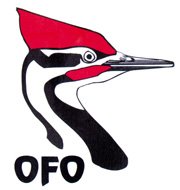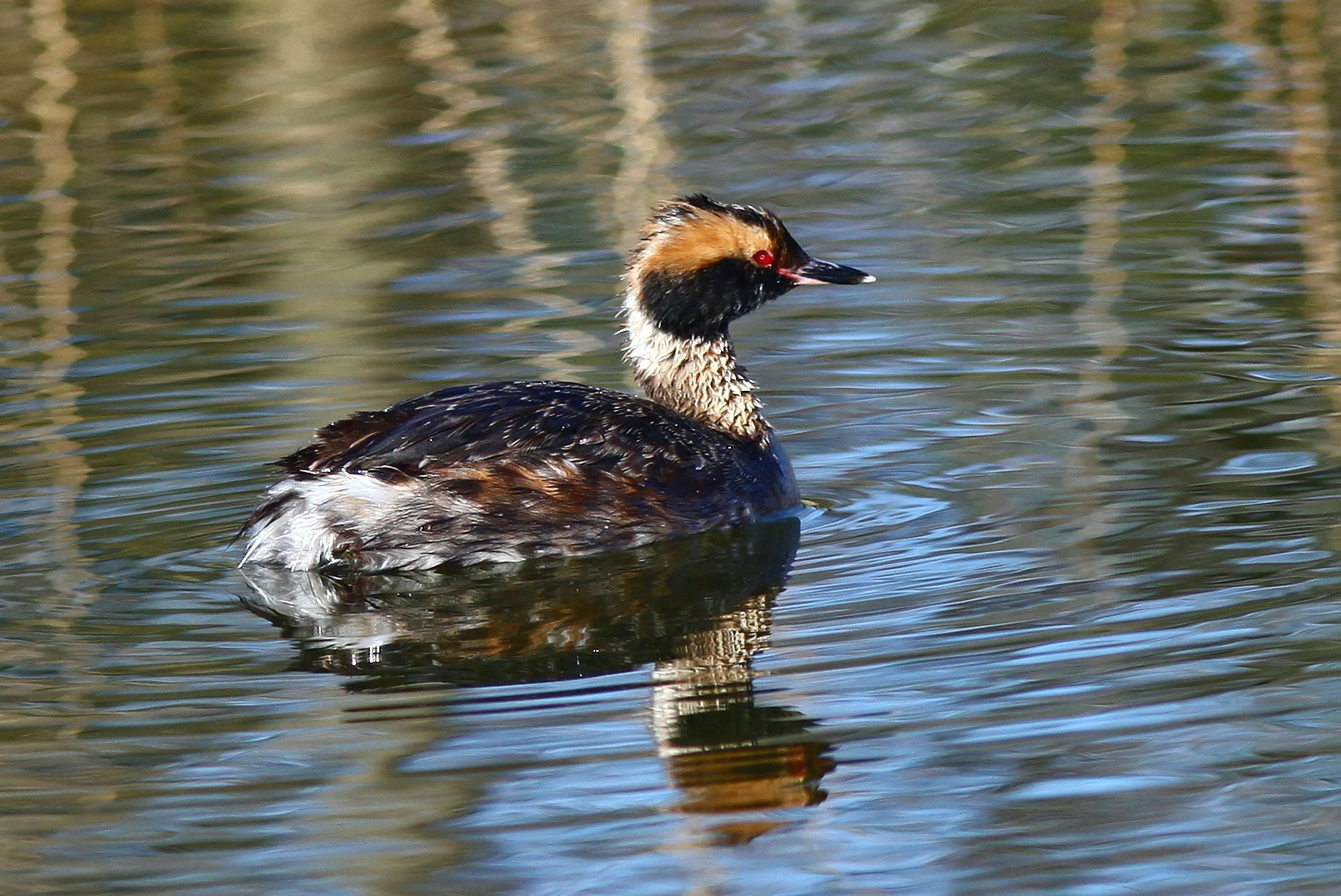Tips for Birding at Home
Birding at Home is a Rewarding Experience
Backyard (or balcony or window!) birding can be extremely rewarding. No matter your skill level, it has something to offer.
For Beginner Birders
For beginners, getting intimately familiar with the plumage variations and vocal repertoire of your common backyard species will prepare you for learning new species when you are able to venture further afield. If you're looking for somewhere to start learning about birds, check out the Bird Identification Tool from Birds Canada -- this tool makes a photo guide for the most common species in your area (using eBird data, of course).
For Intermediate Birders
For the intermediate birder, the challenge of picking out birds in flight overhead or identifying birds by ear (that might be in your neighbour's yard out of sight!) or learning to predict which species will show up in which area in your backyard are all great learning experiences.
Learning how to spot and record breeding evidence is another great skill you can work on from home -- the next Ontario Breeding Bird Atlas is just a year away!
Most intermediate birders will already have their favorite bird identification guides but may be interested in testing their bird song identification using eBird quizzes, Dendroica or Larkwire.
For Expert Birders
For the expert, there's always an even more distant bird in flight to try to identify or you can try your hand at identifying nocturnal flight calls of migrants. And no matter your skill level, the thrill of adding a yard "tick" can often be more enjoyable than chasing a vagrant at the local sewage ponds found by someone else.
Tips for Maximizing your Home Birding Experience
Try birding your yard at different times of day and under different weather conditions. You might find that there is a mid-afternoon wave of migrants that often passes through, or perhaps that on certain winds you can just make out the sound of geese going to roost at dusk. No two yard birding experiences are alike!
If you're up for a challenge, try listening outside after dark for nocturnal migrants. This is generally more productive during fall migration, but on heavy nights of migration you'll be amazed at the number of calling birds overhead. With reduced road and air traffic, this could be a better than usual season. Don't forget to use the specialized Nocturnal Flight Call protocol when you report it to eBird Canada.
Consider trying to record photos and sound for as many species as you can. Most modern smart phones have a built in "voice memo" app that can make surprisingly good audio recordings. Challenging yourself to photograph or record as many species as possible for your yard adds an extra element of fun!
Try to enhance your yard for birds. Planting native species and maintaining as much dense cover as possible are great ways to create habitat. If you have to do some spring cleanup, consider leaving a brush pile -- they are great for skulky birds like sparrows and wrens. Adding a water feature and maintaining feeders is another way of attracting birds to your yard; and don't forget, feeders can be the traditional seed type, but also fruit and jelly work well for orioles and of course hummingbird feeders are great too.
Try to find a spot on your yard with as large a vantage as possible and watch the sky regularly. "Flyovers" are a key way to build your yard list. Birds often follow predictable routes day after day -- become an expert on what birds do around your yard and you will be able to anticipate flights of waterbirds or raptors overhead.
Find hotspots. On cool mornings and evenings, insectivorous birds are often concentrated in sunny patches where there is more likely to be abundant insects.
Additional Resources
The most common backyard birds in Ontario
Tips for getting started with birding
OFO's resources for learning non-birds






